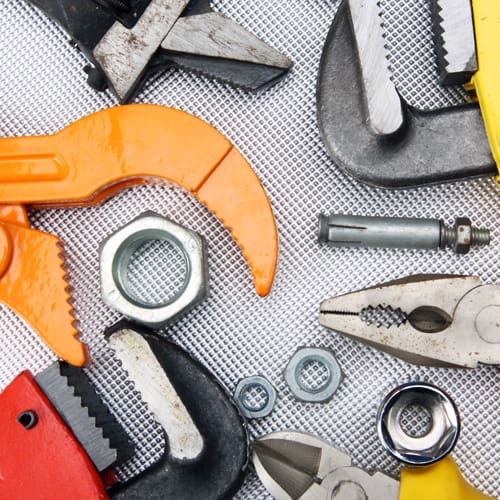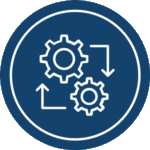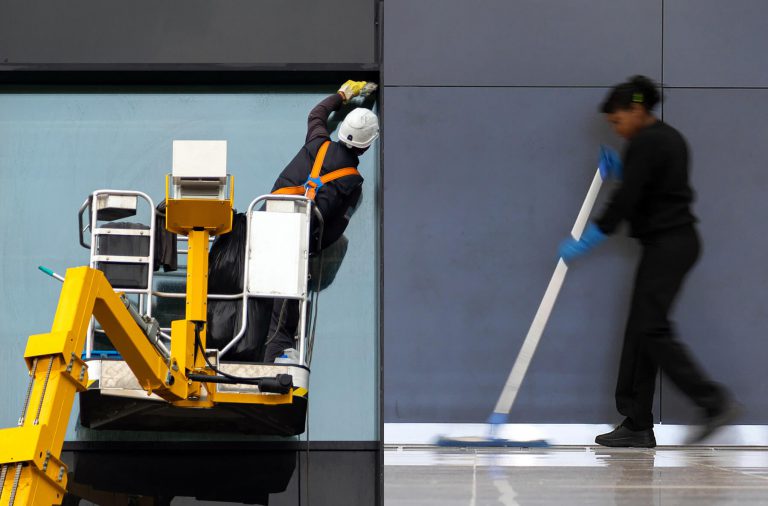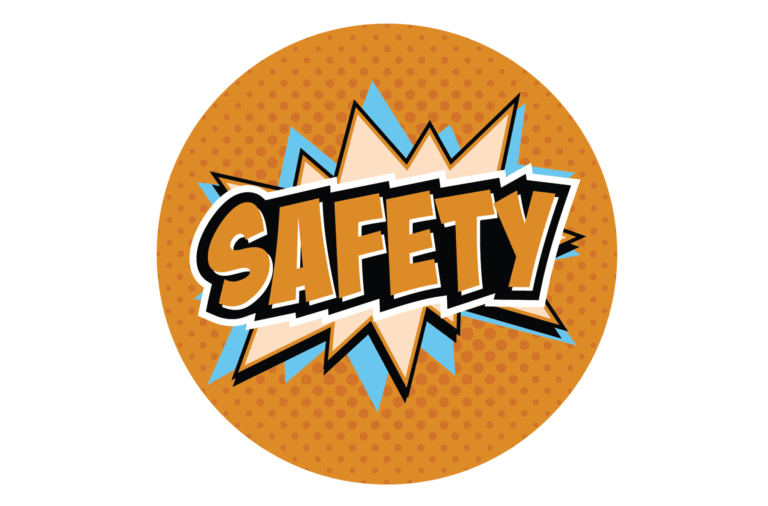Introduction
Integrated Facility Management (IFM) includes multiple disciplines that together ensure the functionality of the built environment by integrating people, place, process, and technology. There’s no getting around it—every facility needs a proper integrated facility management program to guide, direct, and keep it functioning properly and to extend the life of its functional components.

Asset Types
When it comes to creating that program, the initial goal step is to understand your facilities’ asset types and what combinations of hard and soft facility services are needed for each:

Office

R&D

Data Center

Manufacturing Plant

Distribution Center

Transportation Hub
Each asset type will require a different blend of hard and soft facility management services. The question is, how well do you integrate those services to align best with the business’ strategic growth goals and capital budgeting needs?
Further, an ideal facility services partner might be one that can provide a combination of hard and soft facility services, while self-performing the bulk of those services for economies of scale, data capture, KPI tracking and process improvement.
Over the years, the lines between hard and soft services have become blurred and loose interpretations have caused a crossover of what services are needed, where and how often. This can cause confusion in your buying decision.
For example: your building has a production machine that needs servicing, but it is also is attached to the main plumbing system that also requires attention.
Or, you’re dealing with a large amount of energy waste each year and don’t quite have a handle on how to build an energy savings program that uses motion sensors for lights and automated temperature controls, as well as a recycling program.
Both of these scenarios demonstrate the need to effectively integrate facilities management’s two service categories to address the multiple needs of the building and its occupants.
Subscribe Now!
Stay up to date with the latest facility management tips and news.




